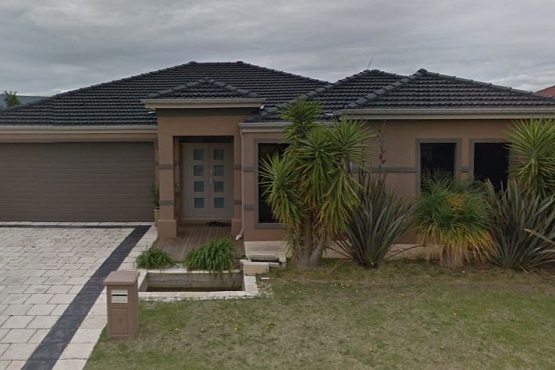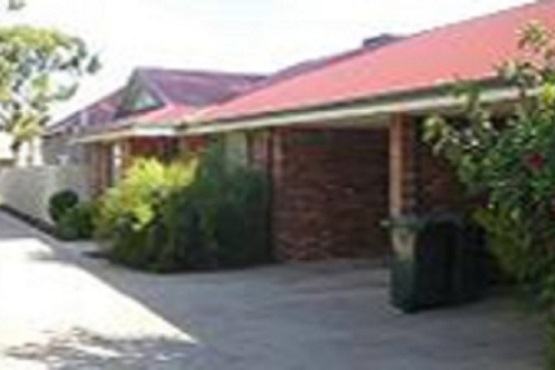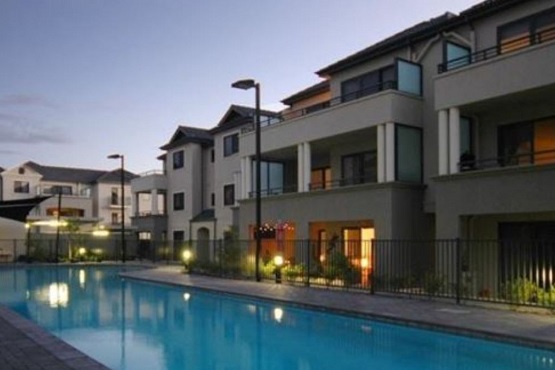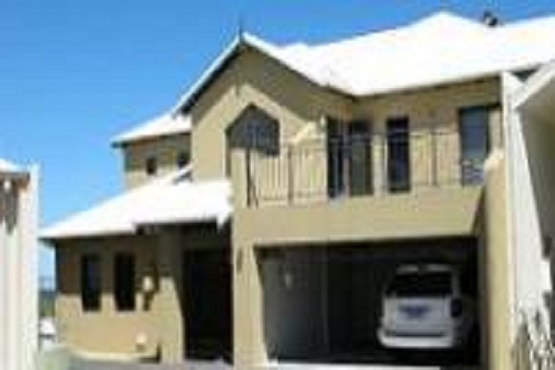What is tax depreciation?
The cost of capital and plant assets used in producing assessable income can be written off over a period of time as a tax deduction. Depreciation Schedules are used to capture the reducing value of capital and plant assets as they reduce over a certain period of time. These values can then be used for tax saving purposes.
There are 2 main categories of Depreciation that the ATO recognises are as follows:
Building
The Capital cost is the actual cost at the time of construction and including delivery and installation costs where the property has been newly constructed. Rates of depreciation for qualifying capital expenditure may be either 2.5% or 4.0% and are based on the year the building was initially constructed.
Capital costs can also include structural improvements which are usually items that enhance the value of the property such as roadwork, external retaining works, site fencing, and certain hard landscaping works. The rate of depreciation of structural improvements is 2.5%.
Plant
Items to be depreciated as Plant usually include fixture items such as air-conditioning units, light fixtures, cook tops, carpets, blinds and pool pumps. Unlike Capital, depreciation on Plant is not based on the historical value but is given a new value every time the property is purchased by a new owner and will typically attract much higher rates of depreciation than capital items. These items will add significantly to an investors tax claim.
Methods of Depreciation
There are 2 methods of depreciation that the ATO recognises for Plant Items;
1) Diminishing Value
2) Prime Cost
Depreciation flows under the Diminishing Value method will be higher in the earlier years of ownership of the property when compared to the Prime Cost method. Either method of depreciation can be used but for the entire schedule (each tax year).
PDS Depreciation Schedules contain calculations relating to both methods so the client can choose their preference.
For more information on which depreciating method you would like to use, please consult with one of our consultants on 1300 85 66 79
Any missed Depreciation claims can be easily backdated as our Depreciation reports start from the time the investment property was purchased, thereby unlocking even more investment returns!
Here are examples of how you can benefit:
| Building Type | Purchase Price | Year 1 Depreciation | Year 1 – 5 Total Depreciation | Total Depreciation Available |
|---|---|---|---|---|
| 1 Bed 1 Bath Unit | $300,00 | $6,200 | $18,600 | $186,000 |
| 2 Bed 1 Bath Unit | $350,00 | $7,500 | $22,500 | $225,000 |
| 3 Bed 2 Bath Town House | $500,00 | $9,000 | $27,000 | $270,000 |
| 3 Bed 2 Bath Apartment | $420,00 | $10,000 | $30,000 | $300,000 |
| 4 Bed 2 Bath House | $600,00 | $12,000 | $36,000 | $360,000 |
| 3 Bed 1 Bath House | $450,00 | $8,000 | $24,000 | $240,000 |
See the difference a tax depreciation schedule can make to your cash flow for
residential or commercial properties
What are the benefits of a depreciation schedule?
Answer Under Construction
Can Depreciation be claimed on any investment property?
Answer Under Construction
Is the cost of the Depreciation Schedule tax deductible?
Answer Under Construction
What are and when will the Tax Changes to Property Depreciation be implemented by the ATO?
Answer Under Construction
Are you ready claim maximum tax depreciation?
Request quick quote today.



